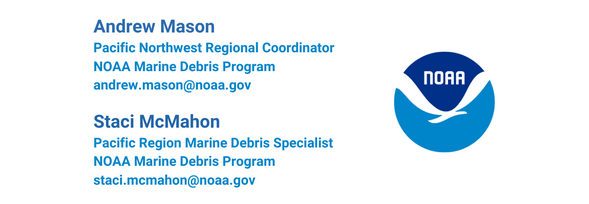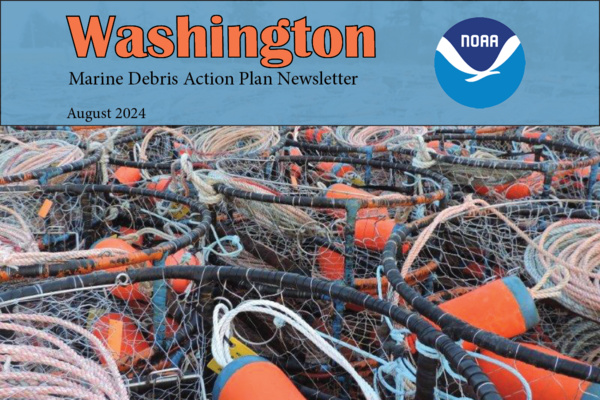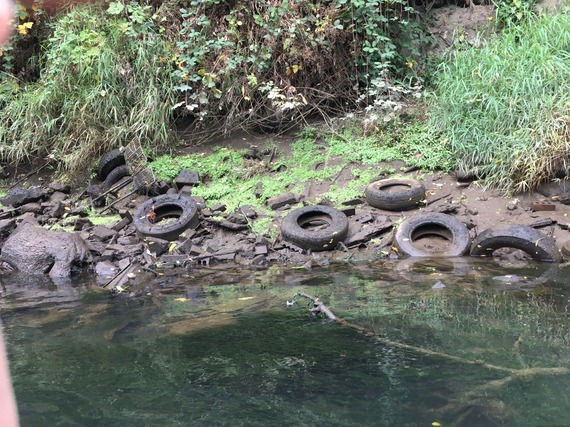Washington Marine Debris Newsletter: Summer 2024
NOAA's National Ocean Service sent this bulletin at 08/01/2024 01:35 PM EDT
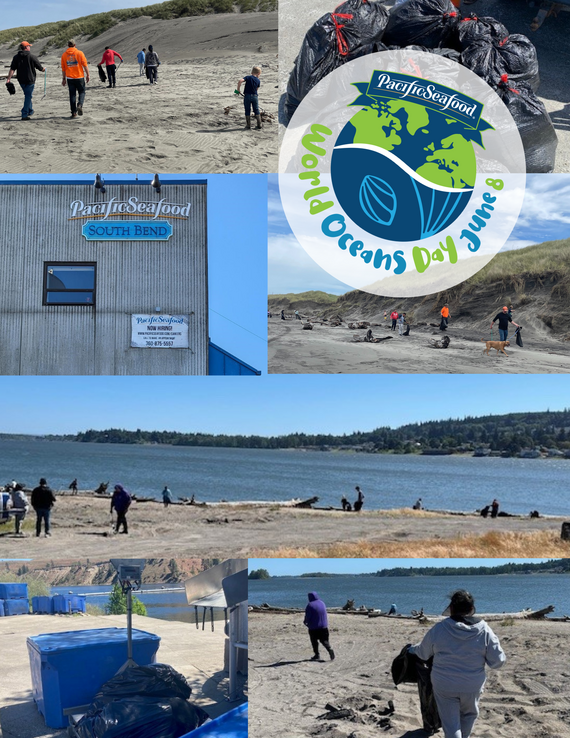 Pacific Seafood Team Members across Washington state volunteer for the company-wide World Oceans Day debris pickup event, preventing more than 3,680 pounds of debris from entering the ocean (Photo Credit: Pacific Seafood). Pacific Seafood Celebrates World OceansLeading up to World Oceans Day on June 8th, Pacific Seafood locations across Washington state picked up thousands of pounds of plastic and marine debris to recognize the importance of keeping our oceans and waterways clean. Washington state Team Members in Mukilteo, Nespelem, South Bend, and Warrenton all participated, contributing to the company’s overall total of more than 3,680 pounds of debris removed. This was the third year Pacific Seafood recognized World Oceans Day with a company-wide debris pickup event. Pacific Seafood Team Members often jump at the chance to get involved, understanding how vital the health of our oceans is to providing the world with the healthiest protein on the planet. Find more information on Pacific Seafood here.  An educational booth at an event in Edmonds, WA (Photo Credit: Jason Morgan). Educating Crabbers in Puget SoundIn June, the Northwest Straits Foundation launched its annual Catch More Crab outreach campaign educating crabbers on best practices to avoid gear loss and have a successful day on the water. More than 10,700 crab pots are lost in the Puget Sound each year killing over 10,700 harvestable size Dungeness crabs. Our campaign is reducing gear loss by sharing best practices through workshops and dissemination of educational materials and videos throughout the region. This growing effort reached over 612,000 people in 2023. In June, we hosted one in-person and one live virtual workshop in partnership with the Jefferson County Marine Resources Committee, Jamestown S’Klallam Tribe, and Washington Department of Fish & Wildlife. Educational materials were distributed to regional partners and videos launched via social media campaign.  Left: A GrassRoots Garbage Gang banner hanging from a cleanup dumpster (Photo credit: Washington CoastSavers). Center: GrassRoots Garbage Gang sign for the bag handout on the 4th (Photo credit: Washington CoastSavers). Right: Dozens of spent fireworks containers piled up outside a cleanup dumpster (Photo credit: Olympia Surfrider). 4th of July Holiday Cleanup Exceeds Last Year's Totals Along the Central and South CoastMore than 1,100 volunteers came out and removed 129,526 pounds (64.76 tons) of fireworks debris between Seaview on the Long Beach Peninsula and Pacific Beach along the Central Coast over the 4th of July holiday. Thank you to Washington State Parks, City of Long Beach, City of Ocean Shores, Pacific County and Seabrook for disposal support. Thank you to the GrassRoots Garbage Gang, Long Beach Merchants Association, Taft Plumbing, Washington Surfrider Olympia and Grays Harbor Chapters, Washington State Parks, and Defenders of the Coast for supporting the bag handout and cleanup registration. 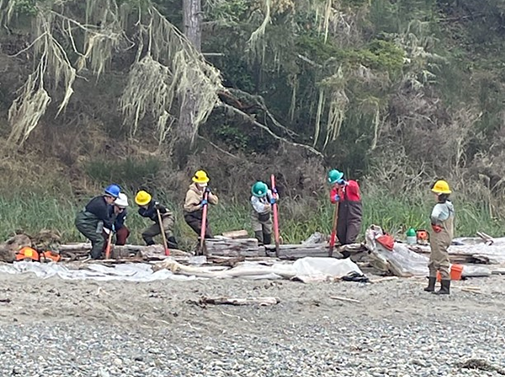 Washington Conservation Corps (WCC) & EarthCorps crews at Lopez Island cutting and removing creosote debris (Photo credit: Washington Department of Natural Resources). Washington Department of Natural Resources
|
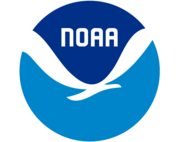 |
New Funding Opportunity: Fiscal Year 2025 NOAA Marine Debris Removal and Interception Technologies under the Bipartisan Infrastructure LawThe National Oceanic and Atmospheric Administration’s (NOAA) Marine Debris Program is pleased to announce two Fiscal Year 2025 Notices of Funding Opportunity for both Marine Debris Removal and Interception Technologies under the Bipartisan Infrastructure Law. The NOAA Marine Debris Program will award up to $54 million across two funding opportunities: Fiscal Year 2025 NOAA Marine Debris Removal under the Bipartisan Infrastructure Law with Letters of Intent due on September 27, 2024, 11:59 p.m. Eastern Time and an applicant webinar will be offered on August 07, 2024 at 3:00 p.m. Eastern Time. Fiscal Year 2025 NOAA Marine Debris Interception Technologies under the Bipartisan Infrastructure Law with Letters of Intent due on October 09, 2024, 11:59 PM Eastern Time and an applicant webinar will be offered on August 14, 2024 at 3:00 PM Eastern Time. |
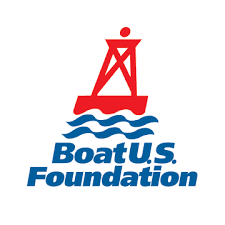 |
Funding Opportunity: BoatUS Foundation Abandoned and Derelict Vessel Grant ProgramWith funding from the NOAA Marine Debris Program provided by the Bipartisan Infrastructure Law, BoatUS Foundation is still accepting applications under the Abandoned and Derelict Vessel Removal Grant Program. The program will award up to $7.5 million for projects between $50,000-$1 million to support the removal of abandoned and derelict vessels throughout coastal and marine areas nationwide. Read more about the opportunity here. Deadline: August 12, 2024 |
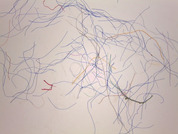 |
New Report on Microfiber Pollution ReleasedThe NOAA Marine Debris Program and Environmental Protection Agency’s Trash Free Waters Program, on behalf of the Interagency Marine Debris Coordinating Committee with support from the consulting firm Materevolve and the National Marine Sanctuary Foundation, are pleased to share the Interagency Marine Debris Coordinating Committee Report on Microfiber Pollution. This report, created as a requirement of the Save Our Seas 2.0 Act (P.L. 116-224), provides an overview of microfiber pollution, including a proposed definition of a microfiber, an assessment of the problem, and recommendations for measuring and reducing microfiber pollution. It also outlines a plan with five goals for Federal agencies to reduce microfiber pollution in coordination with stakeholders. (Photo credit: Sherri Mason). |
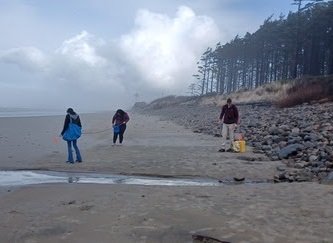 |
New Resource: Educator's Guide to MDMAPThe Marine Debris Program is pleased to share a new resource for supporting our participatory science effort, the Marine Debris Monitoring and Assessment Project (MDMAP): “Making a Marine Debris ‘MAP’: A Guide to NOAA’s MDMAP for Educators”. MDMAP is NOAA’s flagship initiative to measure the amount and types of marine debris on shorelines. Using this standardized collection method, suite of helpful resources, and publicly available data, participants and volunteers can detect differences in marine debris over time, inspire prevention efforts, and inform education and outreach. MDMAP is also a great opportunity to get outside and get to know your local shorelines! This Guide provides instructions and tips for participating in MDMAP and planning, conducting, and following up on monitoring surveys with student groups. You and your students will head to a local shoreline, search for debris in randomized sections, and record data you will contribute to a global database. While it is not required as a part of the MDMAP protocol, you can easily incorporate a full beach cleanup into your day. (Photo credit: Denise Harrington). |
